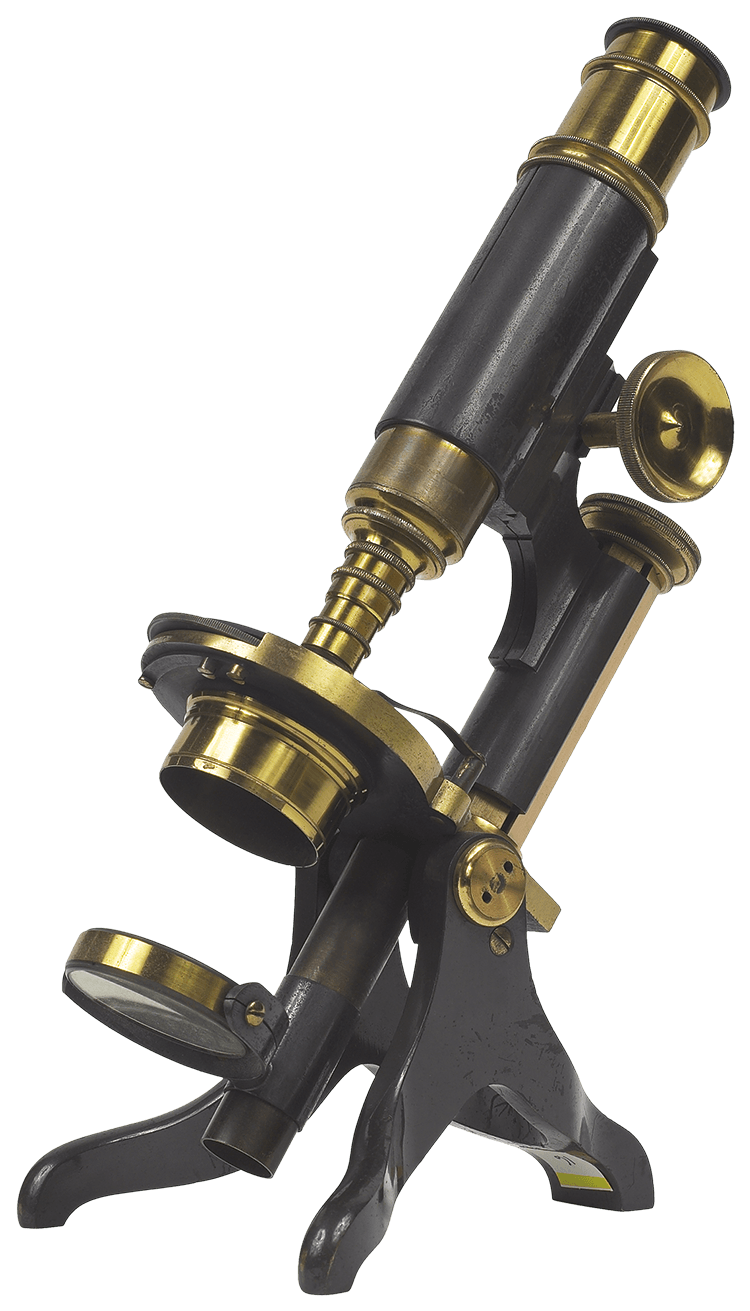
Bios Magazine: College History
A home for biology at UC Davis
A College of Biological Sciences Timeline
- 1922: Department of Zoology established, now Evolution and Ecology
- 1924: Department of Botany established, now Plant Biology
- 1946: Department of Bacteriology established, now Microbiology and Molecular Genetics
- 1950: Department of Genetics established, now Molecular and Cellular Biology
- 1958: Department of Biochemistry and Biophysics established, now Molecular and Cellular Biology
- 1964: Department of Animal Physiology established, now Neurobiology, Physiology and Behavior
- 1970: The Division of Biological Sciences forms between the College of Agricultural and Environmental Sciences and the College of Letters and Science
- 2005: The University of California Regents established the College of Biological Sciences

In the early 20th century, when the University of California, Davis, was still known as the University Farm, the seeds that would germinate to become the College of Biological Sciences were already sowed. They were planted in the fertile soil of the Central Valley, the heart of U.S. agriculture, in 1905, when the California State Legislature approved the establishment of the Davisville campus under the auspices of UC Berkeley. Much has changed since the days when enrollment numbered less than 100.
Today, the College of Biological Sciences is home to more than 6,000 students, 130 faculty members, 400 staff members and an alumni base of more than 40,000. As one of the nation’s top colleges dedicated exclusively to life sciences, its departments span the breadth of biology: Evolution and Ecology; Microbiology and Molecular Genetics; Molecular and Cellular Biology; Neurobiology, Physiology and Behavior; and Plant Biology.
Like evolution, the college’s identity is constantly changing, adapting to new challenges and technologies, and innovating for the future. Our faculty, staff and students are collaborating to solve the world’s greatest challenges, from developing climate-resistant crops to growing miniature organs to better understand and fight cancer.
“Curiosity is a driver of innovation and our researchers are curious about life,” says Mark Winey, dean of the College of Biological Sciences and distinguished professor of molecular and cellular biology. “We’re actively working to solve the pressing problems of the 21st century. While our college may be young, its roots run deep. The tradition of foundational life sciences research has a storied past at UC Davis.”
The Division of Biological Sciences was established in 1970, 11 years after the formal founding of UC Davis. Home to zoology, botany, bacteriology, genetics, biochemistry, biophysics and animal physiology, its charge was to “coordinate undergraduate biology majors in the College of Letters and Sciences and the College of Agricultural and Environmental Sciences.”
In 1993, the division reorganized into five sections, which included Evolution and Ecology; Microbiology; Molecular and Cellular Biology; Neurobiology, Physiology and Behavior; and Plant Biology. The division also united interdisciplinary units including the Center for Neuroscience, the Center for Population Biology and later the Genome Center and the Coastal and Marine Sciences Institute.
But a division isn’t the same as a college. To meet the needs of the growing number of biology students on campus, the Division of Biological Sciences leadership and faculty united for a new vision that would allow the proposed college to grant its own degrees and have its own faculty governance. In July 2005, the University of California Regents approved the decision to change the Division of Biological Sciences to the College of Biological Sciences, making UC Davis one of a handful of universities in the nation with a college devoted exclusively to biology teaching and research.
This “century of biology” brings focus and urgency to our educational and research missions as we enter a brave new world. As bioinformatics, computer modeling and mathematics become more important to research, the college’s curriculum is evolving to give the next generation of biologists the skills they need for success.
“We’re already on the cutting edge of technology and research, but what’s beyond the blade?” asks Winey. “Through innovative initiatives and programs, we are equipping our students with the tools they need to positively change the world.”

